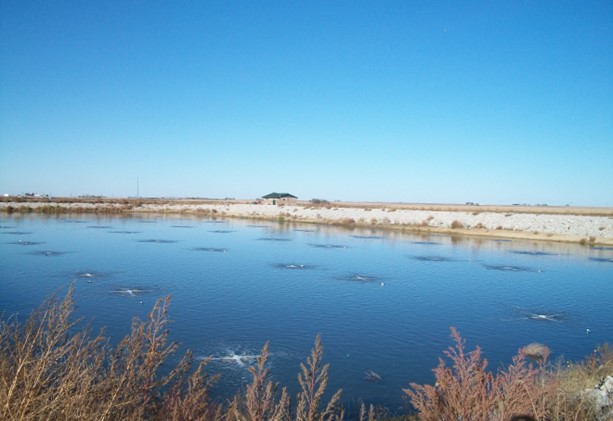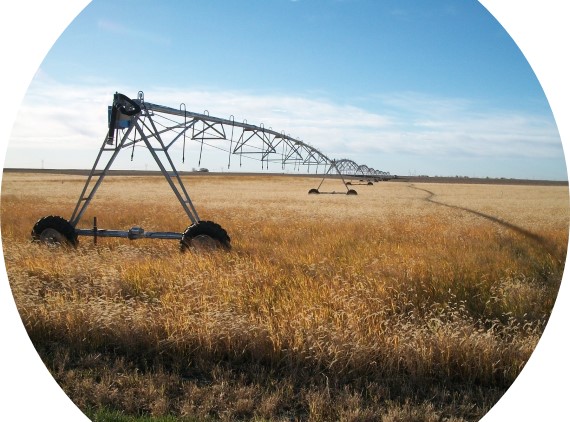Fate and Mitigation of PPCPs in Subsurface Tile-Drained Fields Irrigated with Rural Sewage Effluents
Climate change has a big impact on the availability of water. To mitigate this scarcity, farmers are irrigating agricultural lands with treated sewage water. For many rural communities in the U.S., lagoon-based sewage treatment plants (STPs) are usually used to treat domestic wastewater. Compared to municipal STPs, the rural STPs are typically less effective at nutrient removal. Using effluents from rural STPs to irrigate nearby fields would be a win-win strategy to apply valuable nutrients, augment available water sources for agriculture, and reduce the negative effect on water quality from the effluent directly discharging into the surrounding watersheds. However, lagoon effluents also contain many chemicals of environmental concern (CECs), including pharmaceuticals and personal care products (PPCPs), which may pose a risk to the receiving agricultural lands, ecosystems, and food chains. Many agricultural fields in the Midwestern U.S. in particular are tile-drained, which can expedite the transport of CECs from land-applied rural sewage effluents to nearby watersheds.
With a nearly half million dollar grant from the U.S. Department of Agriculture/National Institute of Food and Agriculture (USDA/NIFA), Principal Investigator Wei Zheng, and colleagues from the Illinois State Water Survey will conduct a series of laboratory, field, and numerical modeling studies to investigate the processes affecting contaminant transport, track the occurrence of PPCPs, and develop two cost-effective control techniques: oil capture and biochar-sorption channels. Successful completion of this project will advance the scientific understanding of the fate and transport of effluent-associated PPCPs and diminish the negative impacts of rural sewage use as irrigation water, thus increasing U.S. water and food security.
The field study is conducted in commercial fields located in Central Illinois, which is being irrigated with lagoon-treated effluent. This USDA/NIFA project started in April 2020 and will be funded through April 2024. Read more about the project:
 A lagoon sewage treatment plant (STP) used for rural communities.
A lagoon sewage treatment plant (STP) used for rural communities.
 A tile-drained field irrigated with rural sewage effluent.
Demonstration for PPCP removal by oils
A tile-drained field irrigated with rural sewage effluent.
Demonstration for PPCP removal by oils